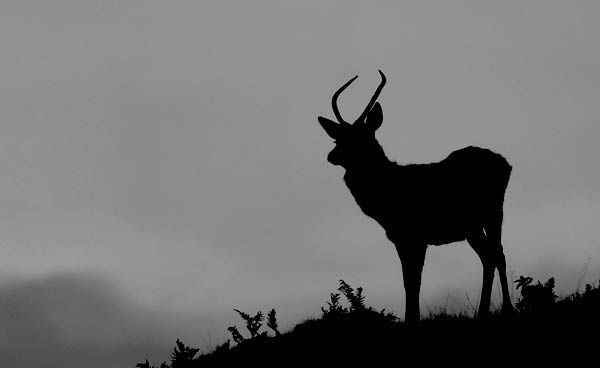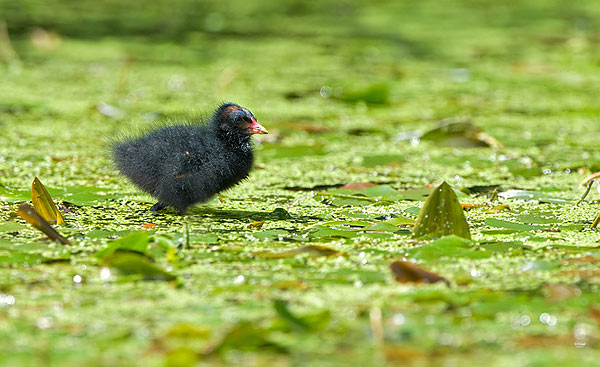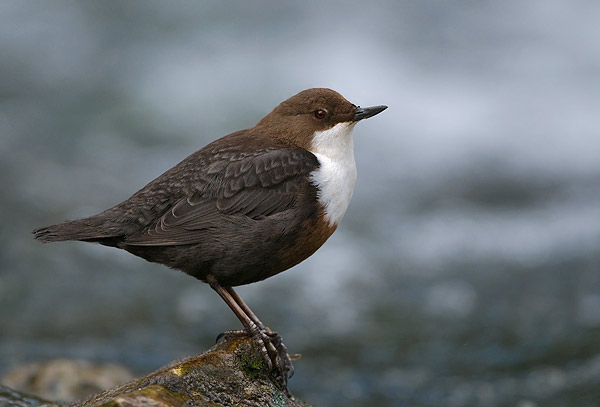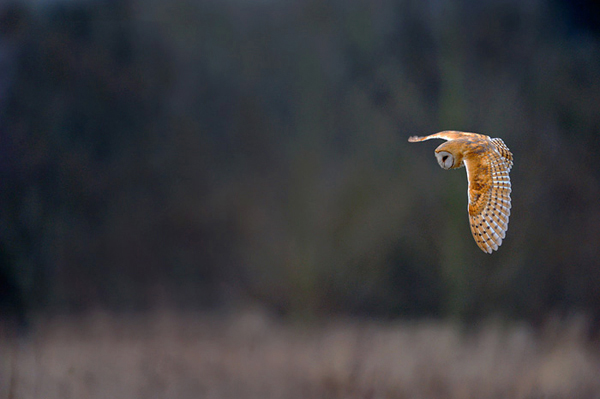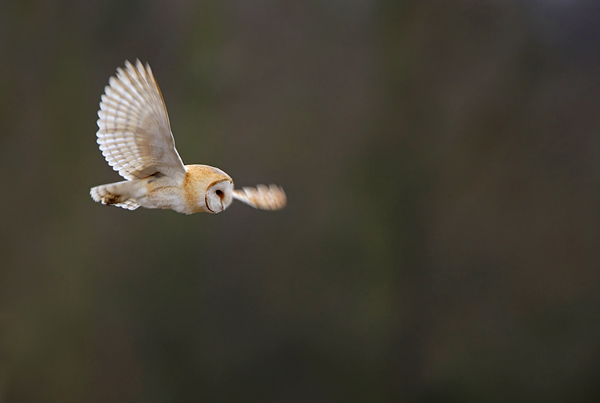Nest Building -Dipper
After a brilliant week camping in the Welsh countryside it was straight back home and out today on one of my Dippers Of The Dale workshops I had booked with a very nice man:Charlie Goddard from the North-East of the UK, Charlie had contacted me reference coming on one of my Dipper one day workshops as he’d never been able to get closer enough at his local site to photograph these Masters Of The River.These birds and the workshops are my favorite to do as I love to pass on my passion for these beautiful birds,telling the person(s) all about their behaviours etc as they are crafted from over 25 years of interest/experience of this bird dating back to when I was 10 years old,they have a personnel connection for me also.

My aim on any trip I do is to get the very best images of the chosen subject the client has come to see and photograph,so it was fantastic that on Charlie’s chosen day the Dippers had started to build their nest,with the care and fieldcraft I teach in and around this bird on these workshops its possible to get some close up images without disturbing them,but it has been some time since I have been rewarded with such close up views as we’d had today,and I was over the moon for Charile.Because for me its the joy people get from what they see and photograph that makes me happy,by showing,teaching what I know and love.

We saw three birds,one female and two males,with the numbers being really down on the previous years for this time of year.Natural England have ringed two of the birds from what I could see with the above bird not having any rings on yet.Phil Bowler,head warden for the area, had told me in an email of there attempt to provide nest boxes for the Dippers to nest in,far removed from the busy hotspot areas they have chosen before and deserted due to high levels of disturbance.So it was with great anxiety I witnessed these birds building a nest not so far away from one of these hotspots instead of the well hidden nest boxes.And as we sat and waited for the Dippers to reappear, two dogs where in the water and also two people decided to dip their feet in the water as the temperature was raising alongside my own.
This does prove that the Dipper,through memory will return to their place of birth alot of the time,with food source being the key,while some of the nest boxes provided by Natural England are placed/sited away from the fast-flowing water, I feel this is a key decision for the Dipper’s when it chooses a place in which to site its nest,close to or on top of a plentiful supply of food.As it stands I feel the disturbance will play a major role on this particularly site as was the case last year and I wish they’d have chosen a more secret location for their nest.

Not to far away from the Dippers nest their are a pair of Grey Wagtails that are building their nest too,so the area is a real hub of activity at present.Charlie got some brilliant close up images and he’s promised to send me one as he was using the 200-400 and with the Dippers collecting moss so close to us he was able to zoom out where I had ran out of focusing due to the Dipper being so close,amazing to watch though!.I am going back really soon to watch and monitor this pair and I hope and pray they have moved to a different site where their chances of raising a family will be greater,thus,increasing the population of Dippers on this stretch of river hopefully.

A great day was had,with the customer’s wishes of seeing and photographing the Dipper coming true which is what its all about for me alongside me helping them to take better photos.I will update my blog on the situation at this spot but I say now that I am very nervous for this pair as they don’t seem to be using the nest boxes provided and if they carry on building where we both witnessed today then the future doesn’t look good.
With the new signs,ringing for information purposes and the introduction of nest boxes not stopping people/dogs entering the water who knows what the answer is apart from my solution,which was fencing off these sensitive areas I had mentioned in my previous article printed in the Birdwatching Magazine last October,which can be viewed here,fingers crossed though to a successful year as last year was the worst I can remember.with the Dippers really needing a break this year.
I have a really busy month ahead of me with my Norfolk workshop,then my trip to India to photograph the Tigers,then my trip with Jereon Stel to Texel,so really looking forward to all those trips,and thank you to all the people I’ve met for your support.

Read full post














